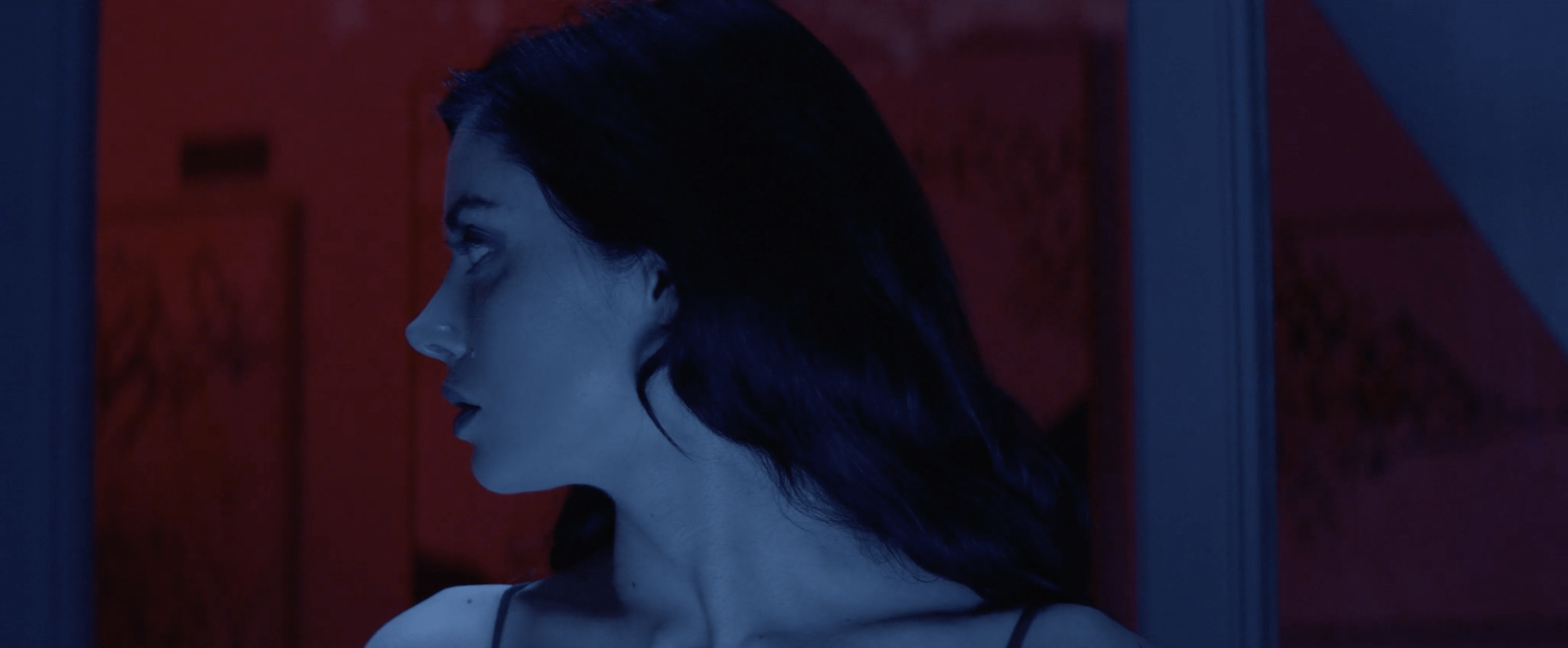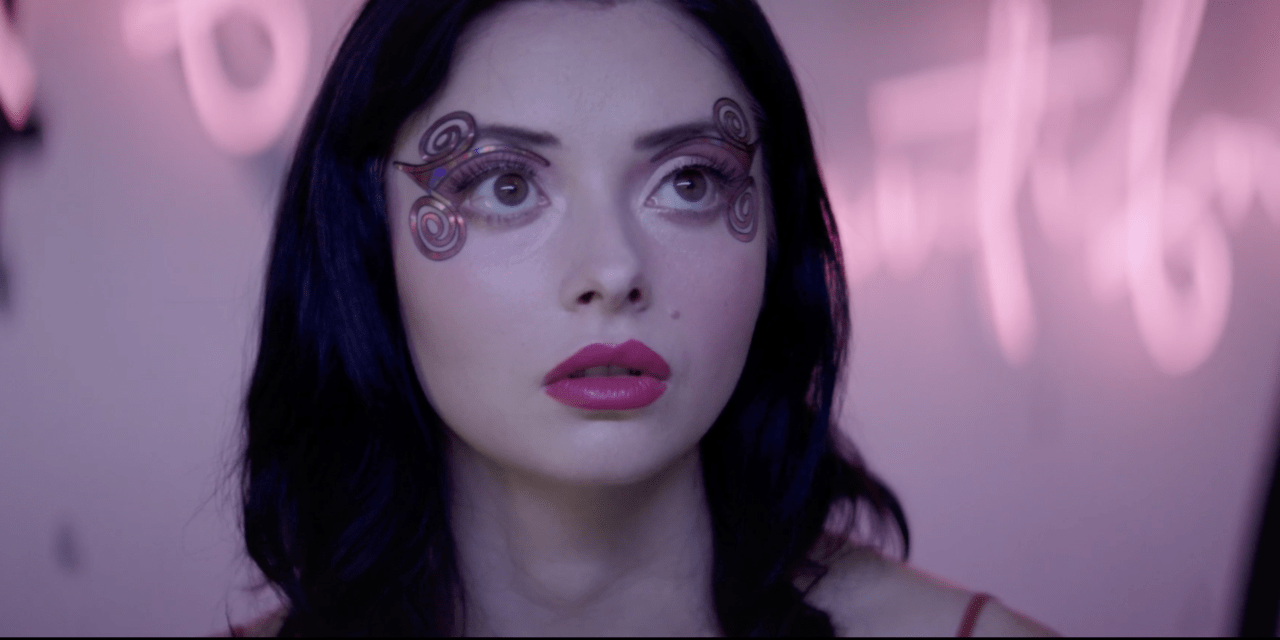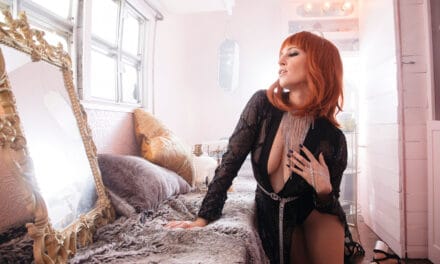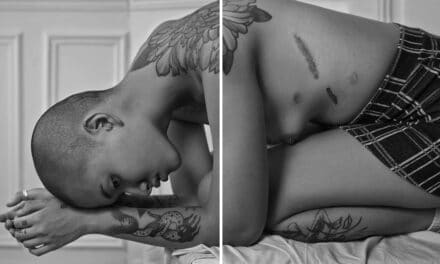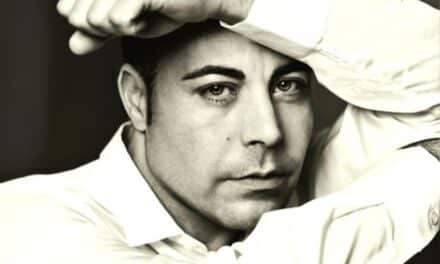What’s your story as a filmmaker? What made you want to pursue this field?
Filmmaking started early for me. At 8 years old, I fell in love with the Joel Schumacher The Phantom of the Opera and saved up money to buy my first screenplay, mainly just wanting glossy photos and lyrics to all the songs. Then, I enlisted my fellow elementary school friends to play roles. I cast them and had them memorize the lines, then judged their performance on our schoolground. When I first saw Titanic at 10 years old, I followed suit. I saved for a more pricey, lengthy $40 copy of the screenplay. But, this time I got in trouble at my private Christian school for trying to recreate those scenes, so I kept that one more guerilla like – and underwraps. My mom went through and blacked out all of the f-words and had to rip the naked Kate Winslet image out, but the rest of the book remained intact. I remember reading James Cameron’s penciled-in notes on the script in that screenplay thinking he had a dream job – though I didn’t even understand what a director was – maybe he brought everyone and everything together? But he made the story happen – and how cool was that.
In my most formative years, I professionally acted and experimented as a writer – always placing myself in the world of creative storytelling.
Later, in order to fulfill a college elective, I ended up working as a script supervisor on a feature film set. One day we were shooting, it began to thunder and rain – perfect for the shots we were getting that day. So, we all made raincoats out of garbage bags and got the shot… As I worked side by side with the director that day, I felt that this was what I wanted to do – create moving pictures. He was telling a story with pure visual language. It was no longer a masculine role in my mind – it was my role – for the taking. My love of the cinema met my conviction as a storyteller that day.
I was only eighteen years old. And since that day, I have become consumed with this feeling of purpose and pure joy. I’ve just known – I’m a director. And going backwards, I can see I was doing it all along.
Your film culture spans many decades and styles. What’s your #1 favorite film of all time, if there’s one?
I have an inner library of films that have touched me over time.
As a teen, I was obsessed with Old Hollywood and silent cinema, then in college I was introduced to Jean Luc Godard and Sofia Coppola, so Contempt and The Virgin Suicides were at the top of my list. Of course, I jumped into Kubrick and Bergman with my favorites Clockwork Orange, Eyes Wide Shut and Autumn Sonata standing out. I had a momentary dance with Black Swan and of course Tree of Life, that both touched more experimentative, philosophical sides of me.
The films that I’ve been really touched by recently are Wong Kar Wai’s – Days of Being Wild, Chungking Express and Happy Together. I truly believe he’s the greatest right now, and every film of his touches and stays with me in some deep way.
Tell us about this film. What inspires it?
Here or There was made in the wake of a breakup that was sorely needed. It was about the guy I was seeing. I had this conceptual man in my mind that didn’t match with the actual person and what he was doing. So, I wrote the film after I realized I was spending internal time with a fantasy, not the person. This really set off a series of ideas of what I love most about cinema – about creating that internal, dream world that no one sees. It’s very consistent in my work to show the real world we interact in, but then to show the dreams of the character.
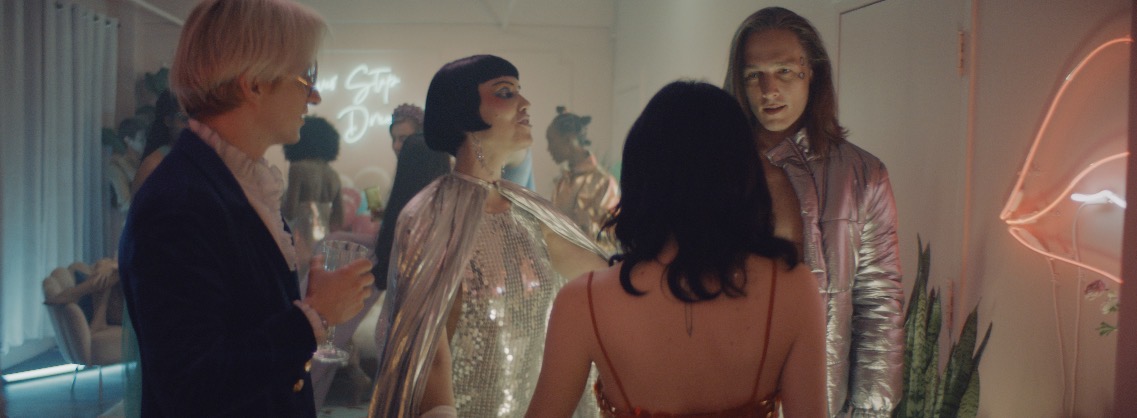
All the lead character Sarah (played by Alina Lee) wants is for this person to love her, so she holds onto this idea to avoid the fact that he doesn’t. It’s a pure desire – to want to love, to dance, to hold, to spend time with a person. Yet, holding onto a fantasy really causes one to lose the experience of life, sometimes the pain. This film is a reminder to always face things that are real, and a warning to not drift so far into fantasies. Now with social media, it’s easy to fall into fantasies that you can create, but it can so easily cause us to lose the fullness of the human experience – the emotions and feelings attached to those experiences.
On a visual note, I used films like Metropolis and the original Bladerunner as inspiration to create a futuristic world. The 1950s form of envisioning the future always appealed to me on a visual level. There’s a fairytale quality to it, of imagining flying cars and space helmets at dinner. And it was with that stylistic moodboard, that I created my own world within the film. After watching, my mom said it looked like The Valley of the Dolls made in space – a compliment I enjoyed.
How was Sundance and how important do you feel it was for your career?
Sundance is a hub for filmmakers, lovers of cinema and more. You can feel the energy on the streets, even past the layered clothes… of artists who do this for a living, of those on the cusps of discovering how they’d like to contribute and of the lifelong fans and critics. I loved imagining Sofia Coppola’s snowy photos alongside Kirsten Dunst for the premiere of The Virgin Suicides at Sundance. Beyond inspiring.
For myself, what was most important was my audience full of strangers, vibrating with that energy that I described. The viewers were so eager to discuss every detail of the film, showing that they were paying attention and cared. After my showing, I had a man come over to me, in tears, because he completely understood the film, as he was going through his own breakup and empathized with the lead character. Having those meaningful encounters really make the filmmaking process so worth it.
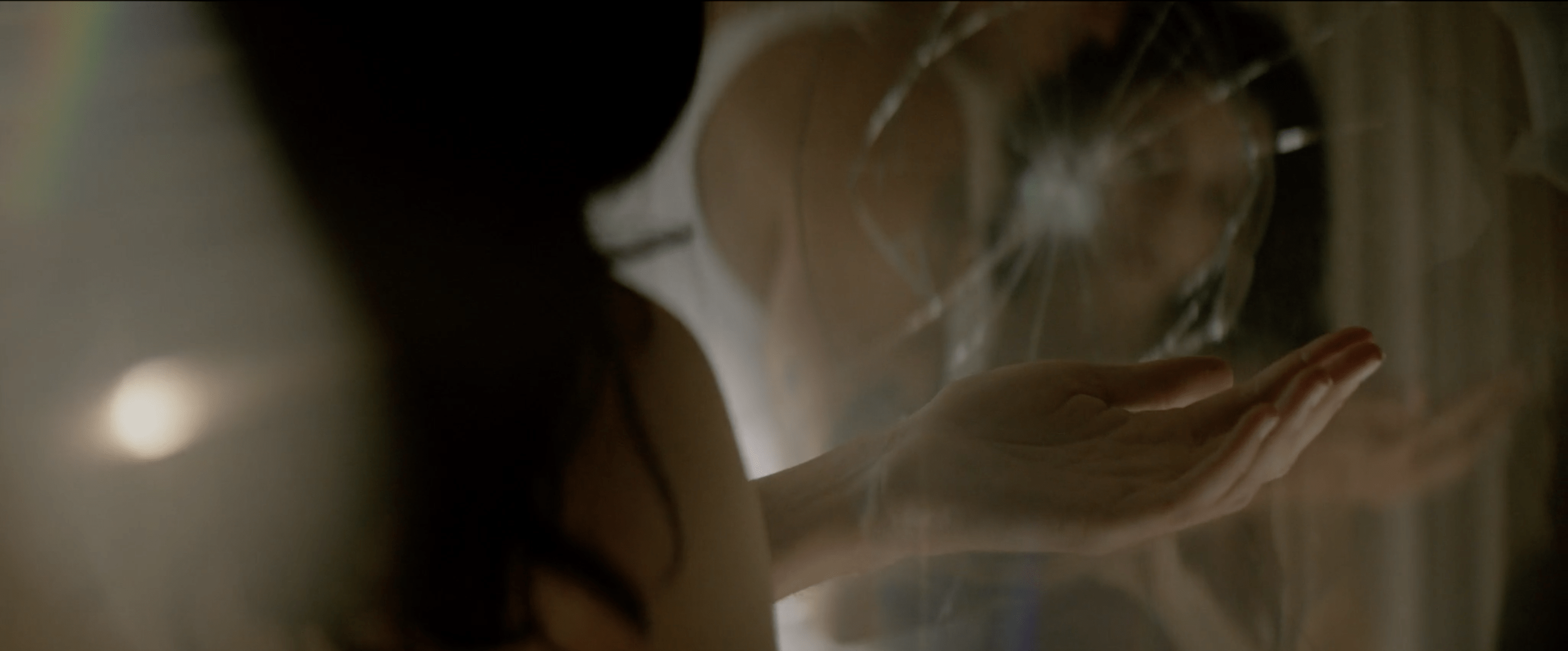
I was also able to speak on the Women in FIlm panel at Sundance – a memorable experience. It was elating to sit beside so many talented, passionate women and speak on the topic I love most – making a movie. The women were so intelligent, driven and full of glowing experiences on set. I felt in my time sitting beside them, I already learned a great deal. Afterwards, the feeling of a treasured community was felt. And I think most can say that about Sundance, that you feel the passion and the love of the people around you.
Any words of advice you can share as to what’s the ‘stuff’ you need as a creator to get through the process?
I’m a big believer in self-delegated deadlines and in working seasonally. For example, in this season, I want to accomplish this, and I will work to get it done by this date. Then, taking it every little piece at a time – and setting deadlines for those pieces. The big picture will overwhelm anyone at the end, but when you take it piece by piece, it feels like it’s possible. And if you dont know the next step? Guess, then take it from there. The beginning of filmmaking is all about trial and error and learning. It’s rare that without a thought you can make a masterpiece in a matter of minutes. I’m beyond grateful for the process of getting to that final destination, and the steps you took along the way to get there.
And what do I always say? Make the movie. Even if you don’t have resources, make it happen. Making is learning, so if you have to trade in the dream Arri Alexa for an iPhone to get that movie made, do it. If you have to write your script differently to make it do-able, make that happen. The worst thing you can do is wait. Directing is always doing something to learn along the way.
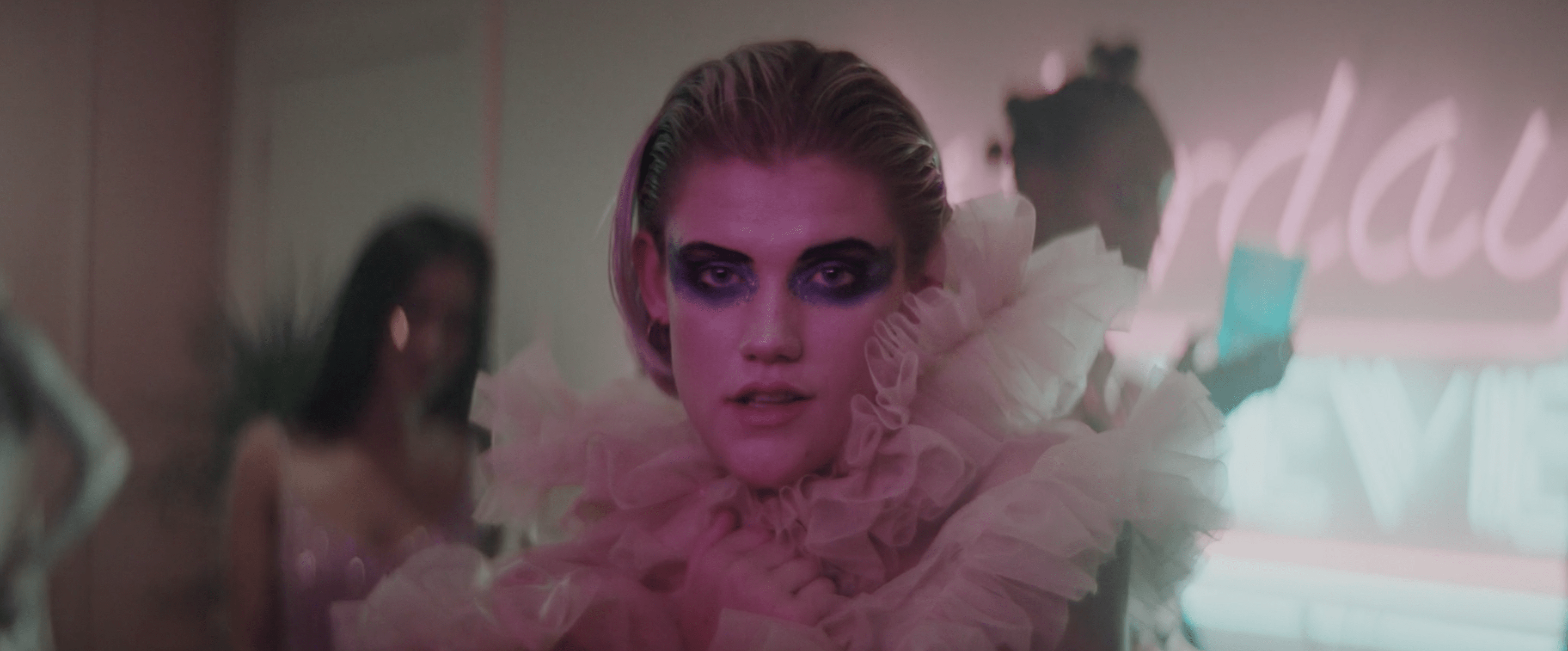
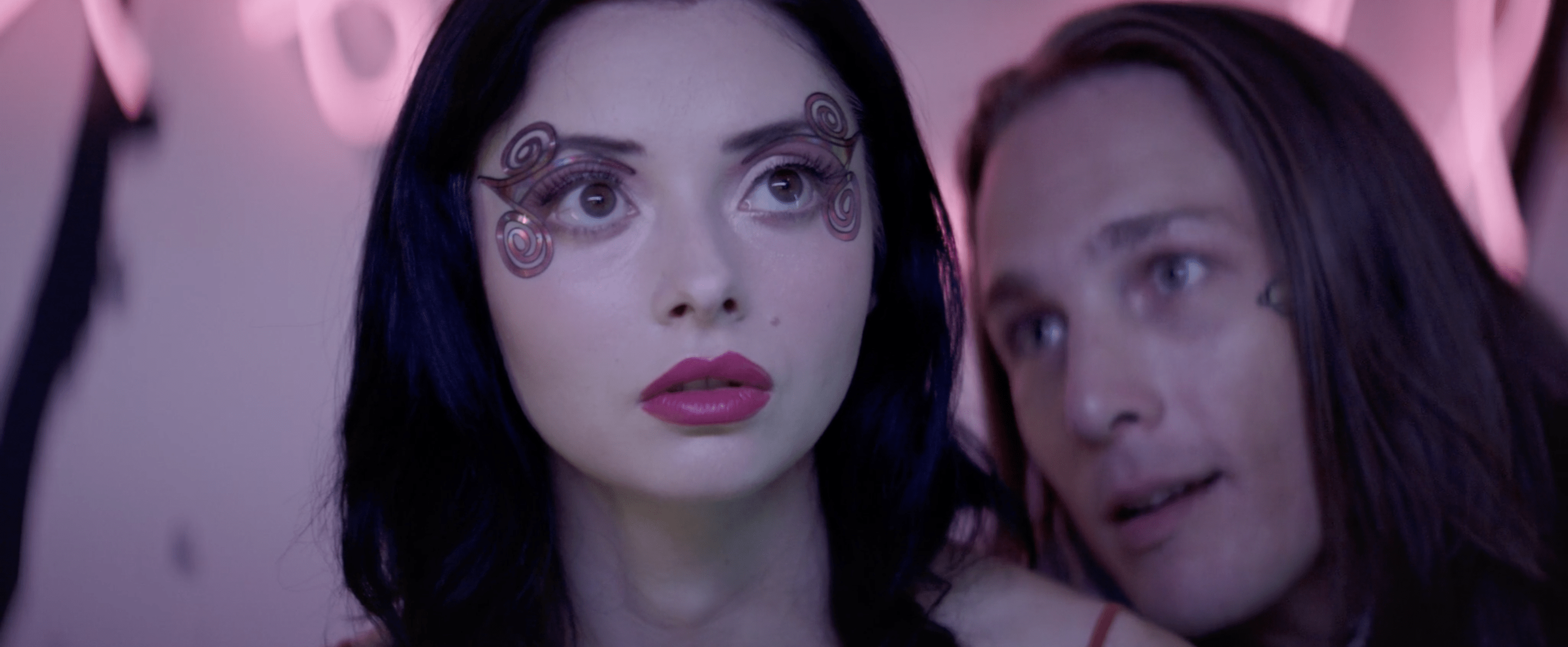
What’s the movie character you get the most inspiration from?
Scarlett O’ Hara from Gone with the Wind always has been a source of inspiration – she’s a survivor above all. I really dislike a mentality that says “this is my fate. I’m stuck with this scenario or way of life. There’s nothing I can do about it.” People go back and forth on her narcissism and how she acted, but when I first read about Gone with the Wind at a young age, I was struck by her survival ability. Scarlett always moved me to take responsibility for my life in even the worst situations, whether that was the author’s intention. The moment she digs her hands in the dirt, holds it up to God and says “As God as my witness, I’ll never be hungry again” was a catalyst for me. She isn’t a character model for morality, but she’s someone who is sure of herself. The book “Gone with the Wind” first line is – “Scarlett O’Hara was not beautiful, but men seldom realized it when caught by her charm as the Tarleton twins were.” That always spoke to me of inward power – that despite the cards you were given in life, you decide who you are.
I truly believe in the power of the individual above all else.
What’s happening in your 2023? Projects, plans, goals?
2023 began with Sundance on an exciting note, and is continuing with traction. I am in the pre-production process for my film Pretty Babies – a project I am most excited about. In May, I’m shooting a proof of concept short film for that feature and have an incredible team I’m working with. It’s a girls’ tale to say the least – very Springbreakers meets The Virgin Suicides. I can’t wait to reveal more about it once we shoot.
Then, I am moving forward with different fashion film projects and more creative partnerships. Always working on something creative, so I’m looking forward to seeing how the rest of the year unfolds. I am excited to also get back to traveling to fashion weeks, as I am doing a collective narrative piece surrounding those.
Other resolutions? I am trying to learn how to cook interesting dishes and have even more interesting people over to judge them.
